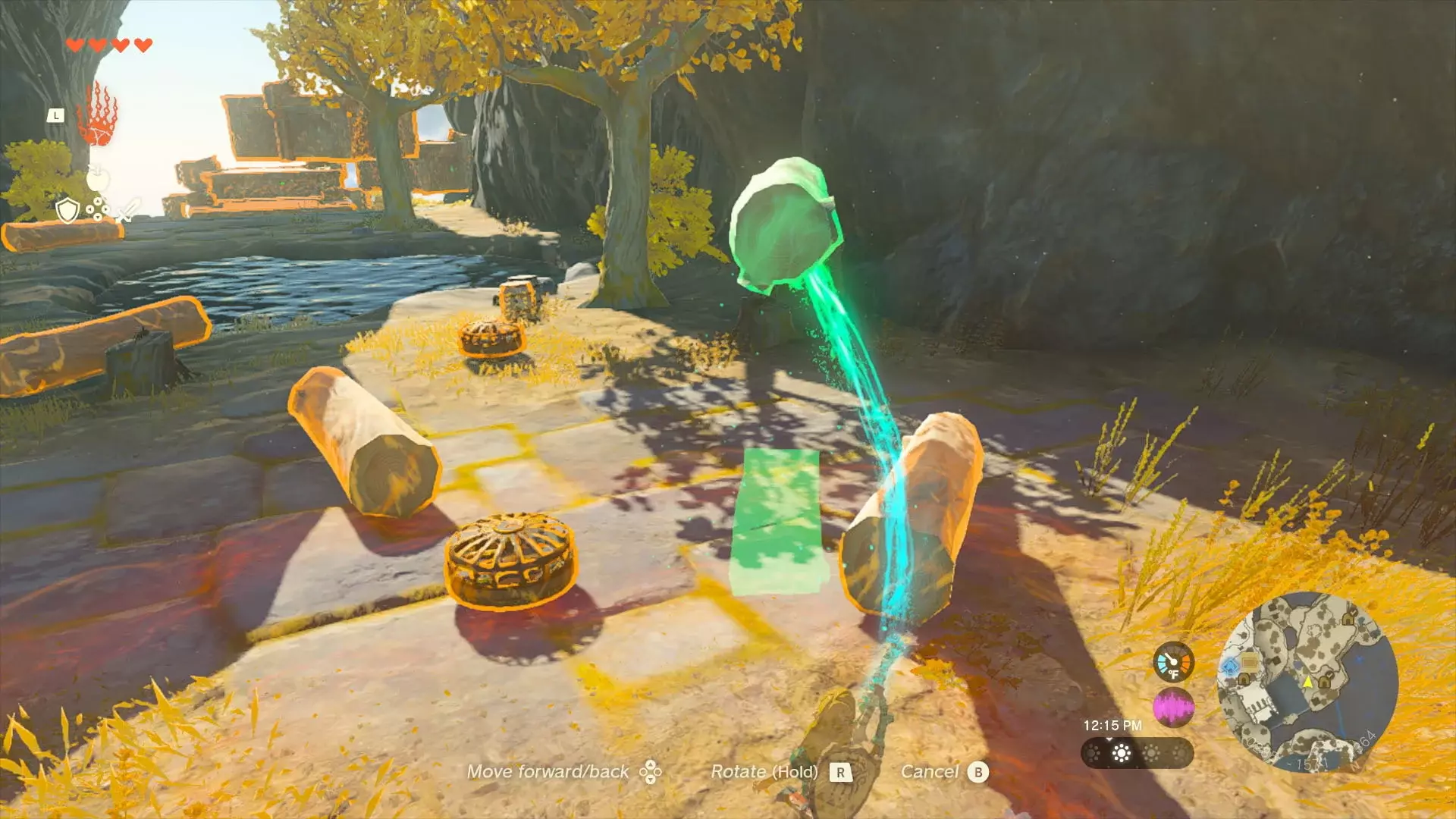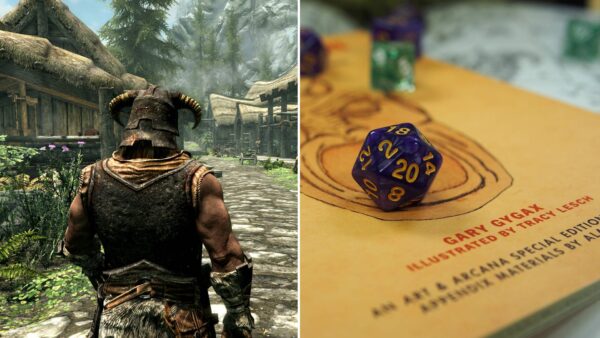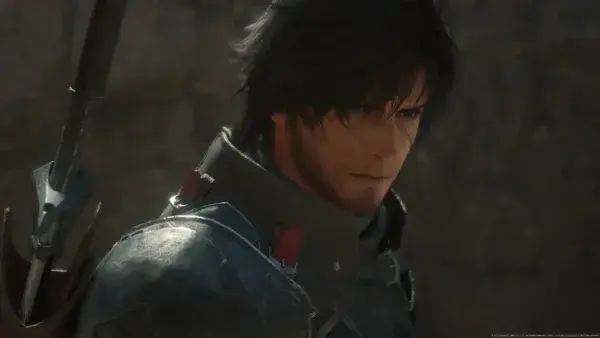
By appealing to players’ creativity, Tears of the Kingdom proves that Nintendo understands what made Breath of the Wild so great, Ryan writes.
“What was the weirdest or funniest thing that happened during your playthrough of Breath of the Wild?” asked Twitter’s Zeldatalk in early March. Predictably, the responses were numerous and wide-ranging. By now, there are over a thousand quote-tweets of videos, screenshots and anecdotes – little clips of Link hurtling through the air on the back of a horse and crash-landing on a church roof. Clips of Link attempting to sneak up on an enemy, only to be mown down by a marauding water buffalo. Clips of Link sliding down a snowy hill on his shield and landing on the back of an unsuspecting bear.
If you’ve played Breath of the Wild for any length of time, you’ve probably amassed a number of experiences like this yourself. By creating a game full of interlocking systems, Nintendo in turn created an open world that felt alive and filled with possibilities. You could be exploring a field and spot a camp of Moblins struck by lightning, its luckless victims running around on fire.
Link’s Rune abilities added an extra layer of these systems. With them, the player could come up with their own ways of solving puzzles or defeating enemies – using the Magnesis ability to drop heavy objects on a Lizalfos, say, or using the Stasis ability to catapult yourself into the air. Nintendo added all these systems and abilities knowing that players would use them in ways they didn’t originally intend them to. That players could approach the game creatively, using their own imagination and ingenuity to experiment with abilities and come up with new ways of doing things, only served to make Breath of the Wild more beguiling.
Looking at the ten-minute gameplay trailer that Zelda series producer Eiji Aonuma introduced yesterday, it’s clear that Tears of the Kingdom is, if anything, doubling down on Breath of the Wild’s creativity-first attitude. If anything, the next Zelda game has even more toys for players to experiment with, starting with the Rewind and Recall abilities, which allow you to reverse the path of an object and, for example, turn a falling rock into an ascending elevator.
The most bewitching new abilities we’ve seen so far, though, are surely Fuse and Ultrahand. With them, you can forge new weapons – Aonuma makes a gigantic hammer by fusing together a rock and a stick – and even create makeshift vehicles. By stitching together objects lying around Tears of the Kingdom’s world, you can create flying machines, powered rafts, and even simple cars. As I noted yesterday, the modular mechanics vaguely recall Rare’s flawed yet enjoyable Banjo-Kazooie: Nuts & Bolts.
With mere weeks to go before Tears of the Kingdom’s launch, Nintendo could have chosen any number of things to focus on in this late bit of promotion. But rather than zero in on story and lore, or dungeons, or the bigger foes we’ll likely encounter in the game – all things I’ve seen people on social media complain about not seeing – Nintendo instead concentrated on abilities. Why? Because Tears of the Kingdom’s designers have recognised that Breath of the Wild’s creative elements were what made it so memorable.
As satisfying as Breath of the Wild’s set-pieces, puzzles and save-Hyrule story were, they wouldn’t have shined so brightly, I’d argue, without those abilities and systems going alongside them. With this in mind, the developers of Tears of the Kingdom appear to have placed even greater emphasis on experimentation and construction this time around.
This means that, although Tears of the Kingdom evidently uses Breath of the Wild’s engine as its base – much like Majora’s Mask used Ocarina of Time as a foundation all those years ago – the new elements laid on top give it a renewed appeal. As Aonuma said himself at the end of yesterday’s video, “I’m sure some of you watching me play with it though, ‘Wait, if you could do that, then maybe you could do this, too. In this game, you can do a lot of things just by thinking about what’s possible.”
Six years after it launched, Breath of the Wild is still generating hundreds of anecdotes and strange, often amusing clips. I’m looking forward to seeing what Tears of the Kingdom will inspire in years to come.
The Legend of Zelda: Tears of the Kingdom releases on 12 May 2023 for Nintendo Switch.





